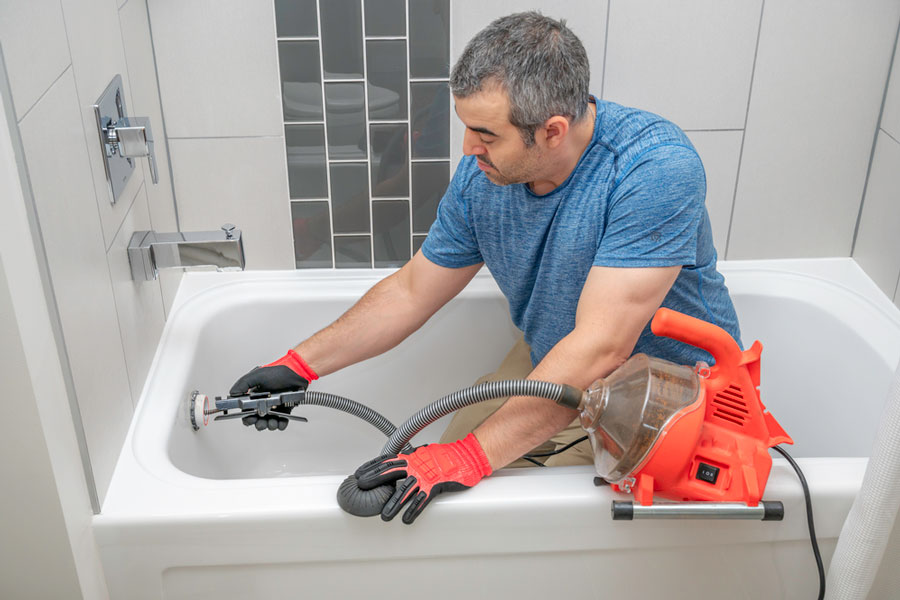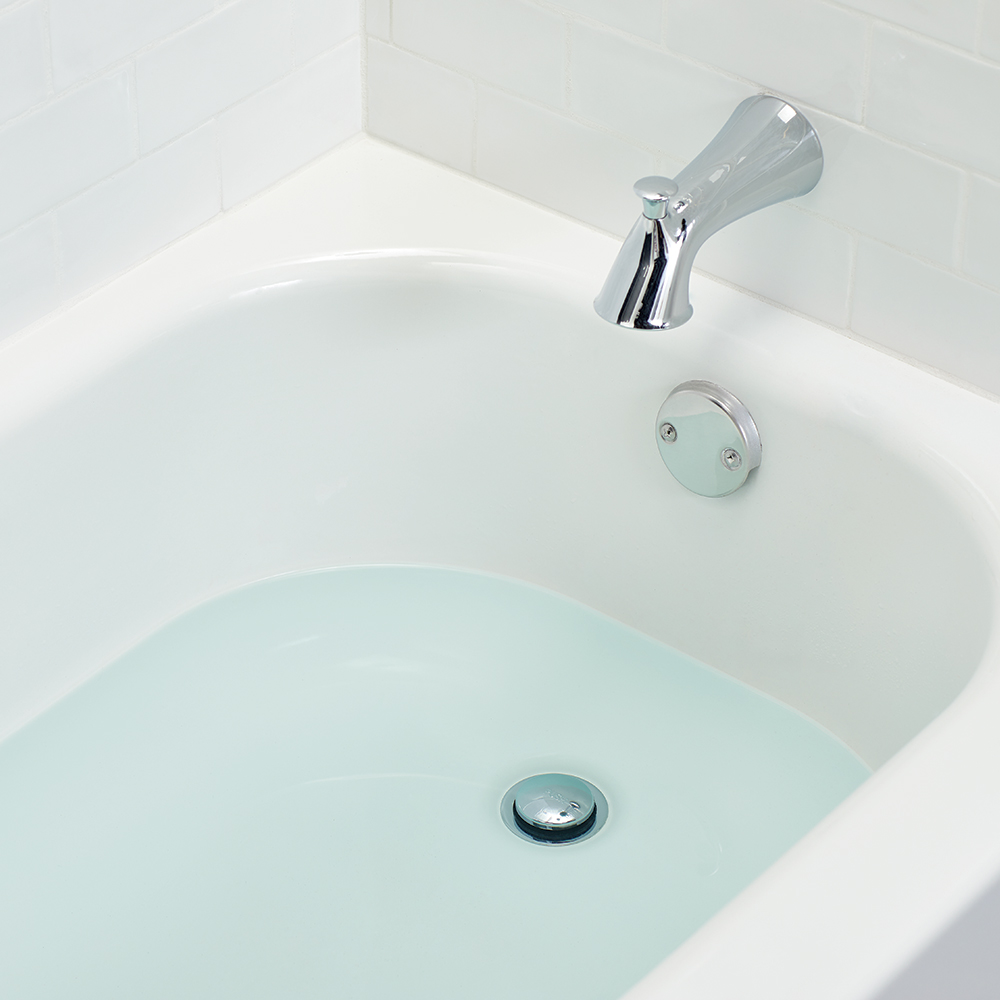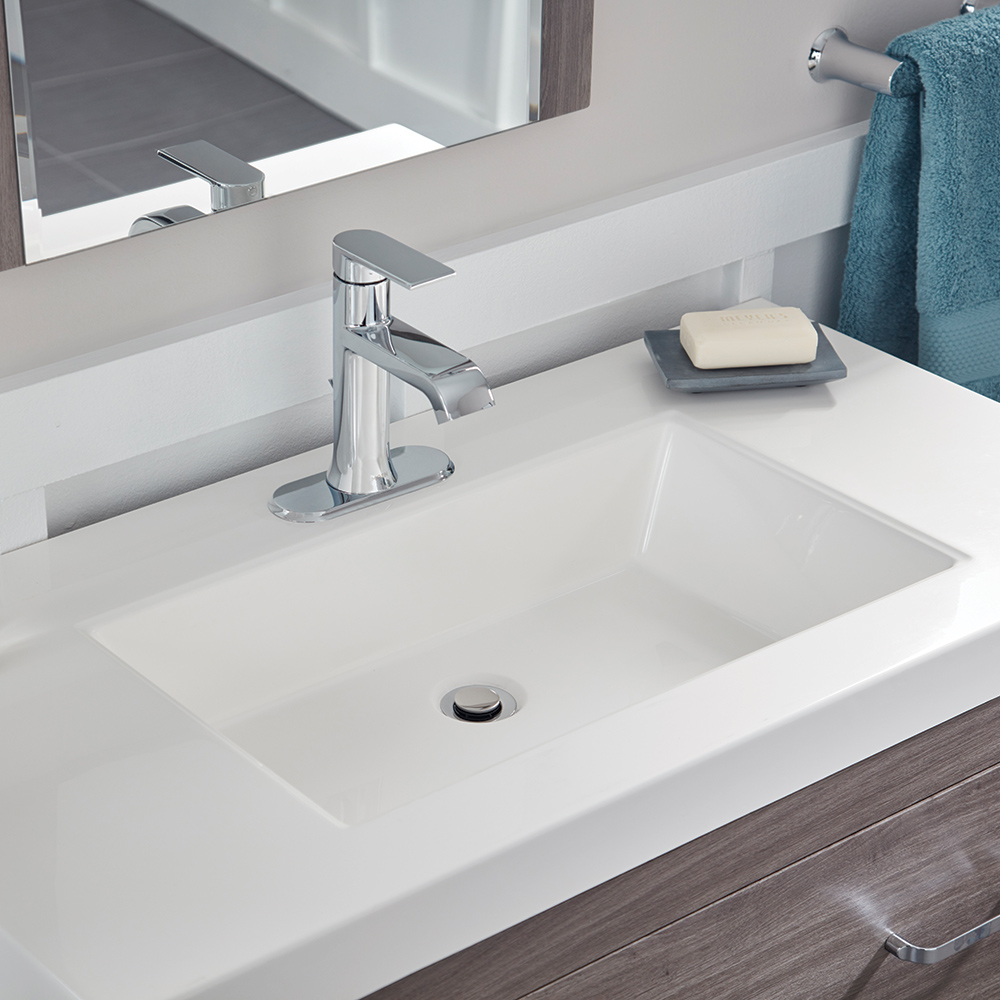Understanding the Bathtub Drain Stopper Mechanisms
Bathtubs are a haven for relaxation after a long day, but a stubborn drain stopper can quickly turn this sanctuary into a source of frustration. To effectively free a stuck bathtub drain stopper, it’s crucial to understand the various mechanisms in play. Common types include lift-and-turn, push-and-pull (also known as pop-up), twist-and-close, and trip lever systems. Each operates differently, with lift-and-turn models requiring rotation to open and close, while push-and-pull stoppers use a plunger mechanism activated by a knob. Twist-and-close stoppers usually have a dial or knob to rotate the stopper, and trip lever types are connected to a lever outside the tub through an overflow assembly. Identifying your bathtub’s stopper type is the first step towards resolving the issue.

Diagnosing the Root Cause of the Stuck Stopper
Before attempting to free the stopper, it’s essential to diagnose why it’s stuck in the first place. Common culprits range from built-up hair, soap scum, and mineral deposits to mechanical issues within the drain assembly. Hair and debris accumulation is prevalent, as these substances can bind the moving parts or clog the drain, preventing the stopper from lifting freely. Mineral buildup, common in hard water areas, can also cause components to stick together. Meanwhile, misalignment of the stopper mechanism or damage to the pivot rod or lever can hinder operation. A thorough visual inspection, if accessible, and understanding the symptoms (e.g., difficulty turning, not popping up fully) can guide you towards the underlying issue.
Preparing for the Task: Tools and Safety
Equipping yourself with the right tools is key to a successful and safe repair. Essential items typically include a pair of pliers, an adjustable wrench, a screwdriver set (both flathead and Phillips), a drain snake or zip-it tool, rubber gloves, and a flashlight. Before you begin, ensure the area around the bathtub is clear to provide ample working space and prevent slips or falls. Wearing rubber gloves not only protects your hands from dirt and grime but also guards against potential sharp objects that might be lurking in the drain. Lastly, using a flashlight can illuminate the dark recesses of the drain, revealing hidden obstructions and aiding precision work.

Non-Invasive Techniques: Manual Attempt and Chemical Cleaners
Starting with non-invasive methods is advisable. If the stopper seems jammed with debris, try manually manipulating it according to its designed function. For example, with a lift-and-turn stopper, apply gentle downward pressure while rotating to dislodge any blockages. Sometimes, a simple jiggling motion can break the seal caused by minor clogs. If this fails, consider using a chemical drain cleaner specifically formulated for hair and soap scum removal. Follow the manufacturer’s instructions carefully, as misuse can damage your pipes or pose health risks. Remember, while chemical cleaners offer a quick solution, they are harsh and frequent use can corrode your drain system.
Mechanical Intervention: Removing the Stopper and Cleaning
When non-invasive methods prove ineffective, it’s time for a more hands-on approach. Begin by turning off the water supply to the bathtub to avoid accidental flooding. Next, depending on your stopper type, you may need to access the overflow plate and remove it with a screwdriver. This exposes the linkage and pivot rod connecting to the stopper. Using pliers or an adjustable wrench, disconnect the rod from the stopper and pull it out along with any attached parts. Now, with direct access to the stopper, use pliers or a drain snake to extract hair and debris. Soaking these parts in a solution of warm water and vinegar can help dissolve any stubborn buildup. Thoroughly clean the stopper, rod, and other components before reassembling.

Addressing Mechanical Issues and Reassembly
If the problem lies in a damaged or misaligned part of the mechanism, now is the opportunity to address it. Inspect the pivot rod, spring, and any other moving parts for signs of wear or damage. Replace any faulty components with new ones that match the original specifications. When reassembling, ensure all parts are correctly aligned and securely fastened to prevent future sticking. Test the stopper several times to confirm smooth operation before reinstalling the overflow cover plate. Finally, turn the water supply back on and run the bathtub to check for proper drainage and stopper functionality.
Preventive Measures: Regular Maintenance and Cleaning
To avoid future headaches, implement a routine of preventive maintenance for your bathtub drain stopper. Regularly remove hair and debris from the drain using a drain snake or a mesh strainer to catch particles before they enter the pipe. Once a month, pour a mixture of baking soda and vinegar down the drain, followed by hot water, to naturally break down buildup. Inspect and clean the stopper mechanism annually, paying particular attention to any moving parts. Educate household members on proper usage and the importance of keeping foreign objects out of the drain. By adopting these practices, you can prolong the lifespan of your bathtub drain stopper and maintain a hassle-free bathing experience.

Innovative Solutions for Stubborn Drain Clogs
When conventional methods fall short in addressing persistent bathtub drain clogs, exploring innovative solutions can save the day. Here are a few advanced techniques and tools that can effectively deal with tough obstructions:
- Hydro Jetting: A professional service, hydro jetting utilizes high-pressure streams of water to blast through even the most stubborn clogs, including tree roots that have infiltrated pipes. The process not only clears the obstruction but also scrubs the interior of the pipes, restoring them to near-new condition.
- Smart Drain Cleaners: With technology advancing rapidly, there are now smart drain cleaning devices available that can navigate complex pipe systems. These devices use cameras to inspect the drain and transmit live video feeds, allowing for precise identification of the clog’s location and composition. Some models even incorporate mechanical means to remove the blockage remotely.
- Enzymatic Cleaners: Unlike traditional chemical cleaners, enzymatic cleaners contain bacteria that feed on organic matter such as hair, soap scum, and grease, breaking them down over time. They’re safer for the environment and your plumbing, providing a long-term solution by preventing recurring clogs.
- DIY Drain Augers (Snake Cameras): For DIY enthusiasts, there are now affordable drain augers equipped with small cameras at the end. These tools allow you to visually inspect the inside of your drain and simultaneously clear clogs using the auger. They provide a more accurate and less invasive method compared to blind snaking.

Conclusion: From Frustration to Serenity
Dealing with a stuck bathtub drain stopper may seem daunting initially, but by systematically identifying the issue, utilizing the appropriate tools and techniques, and practicing preventive maintenance, you can transform a frustrating situation back into a tranquil bathing ritual. Remember, patience and precision are key when tackling such household challenges. Not only will you regain control over your bathtub’s functionality, but you’ll also foster a safer and more sustainable environment within your home. Soak away your worries knowing that your next soak will be in a bathtub free from draining dilemmas.
